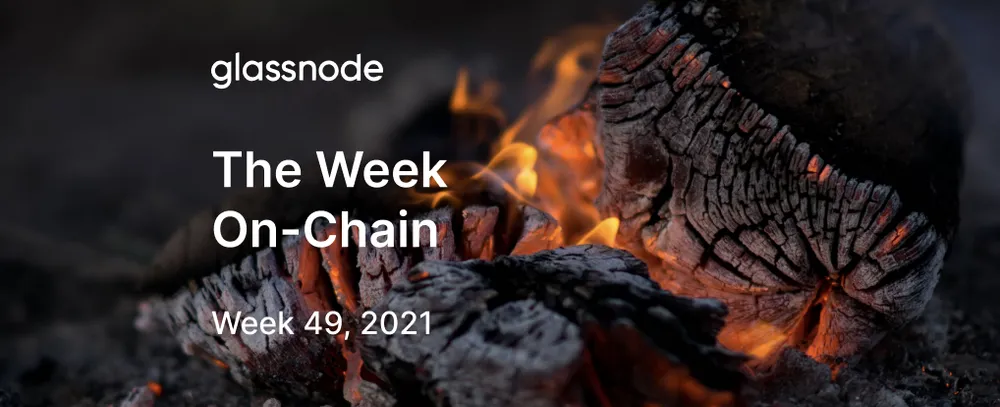The Week Onchain (Week 49, 2021)
Bitcoin markets have experienced another liquidation cascade, with prices falling $8.8k in a single day, forcing closed over $5.4B worth of futures contracts.

Bitcoin closed the month of November with extreme volatility and significant losses, exacerbated by a massive liquidation event in futures markets. This follows concerns about Federal Reserve tapering efforts, and the emergence of the Omicron virus variant, which has led to weakness across both Bitcoin and traditional markets.
Bitcoin opened the week at $54,815 and rallied to a high of $59,041, before plummeting to a low of $45,032 on Saturday. At the lows, this puts the market down -34.5% from the all-time high set on November 9.
To characterise this volatility, this week's newsletter will explore:
- The de-leveraging event that occurred and drove much of the weekend sell-off,
- Losses realized on-chain, assessed across various investor cohorts,
- The impact on HODLer supply dynamics, and what coin holding patterns tell us about sentiment.

Week On-chain Dashboard
The Week On-chain Newsletter now has a

